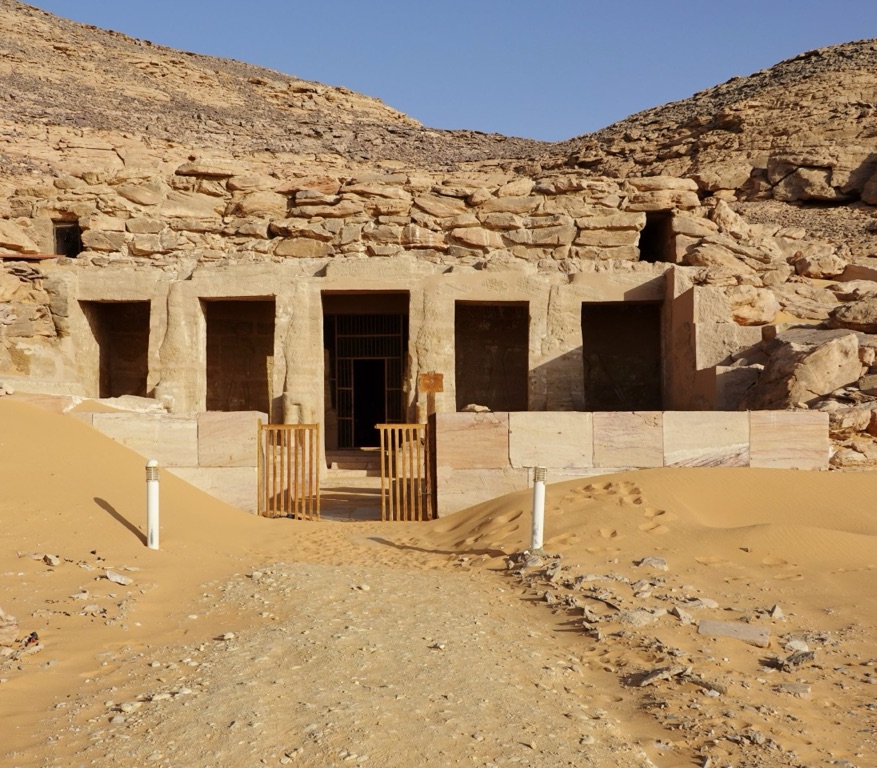Summary
Ancient Splendor of Temple of Derr
The Temple of Derr, also known as El-Derr, is a rock-cut temple located in Nubia, near the shores of Lake Nasser. Constructed during the reign of Pharaoh Ramesses II, it stands as a testament to ancient Egyptian architecture and the pharaoh’s power. Notably, the temple was moved from its original location to save it from the rising waters of Lake Nasser during the construction of the Aswan High Dam. Its facade features four colossal statues of Ramesses II, each over five meters tall, etched into the rock. Inside, well-preserved wall reliefs depict religious rituals and the pharaoh’s military triumphs, offering a glimpse into the beliefs and artistry of the time.
Get your dose of History via Email
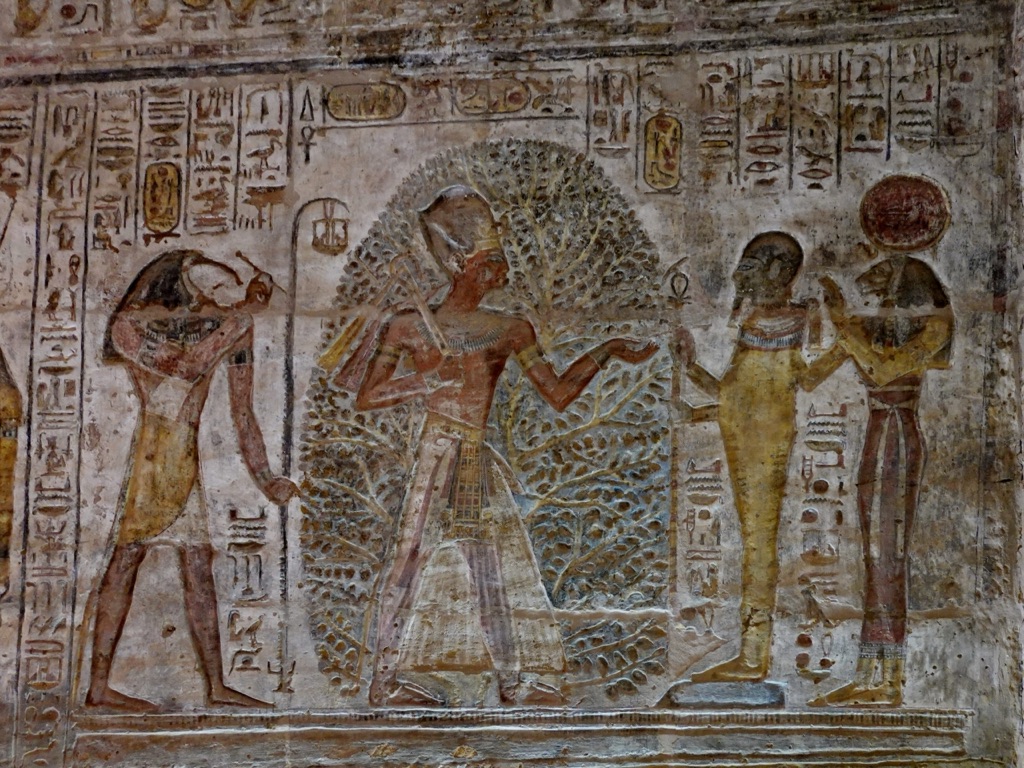
The Significance of Religious Practices
At its core, the Temple of Derr was a place of worship, dedicated to several ancient Egyptian deities, including Ra-Horakhty, Amun, and Ptah. The deepest chamber housed cult statues that were the focal point of religious rites. These ceremonial practices are captured in the temple’s intricate reliefs. Scholars and tourists alike marvel at the elaborate carvings, which have retained much of their detail despite the passage of millennia. These depictions not only showcase the spiritual significance of the temple but also contribute valuable information on the religious ceremonies of the ancient Egyptian civilization.
Legacy and Visitor Engagement
The Temple of Derr continues to captivate visitors with its historical significance and grandeur, making it an essential part of any journey to Nubia. Efforts to preserve the site allow future generations to experience the temple’s majesty and understand its role in Egypt’s storied past. Visitors can explore the temple’s inner sanctums, marvel at the colossal statues, and decipher the stories told through the reliefs. These experiences connect people from all over the world to the rich heritage of ancient Egypt and the remarkable achievements of its people.
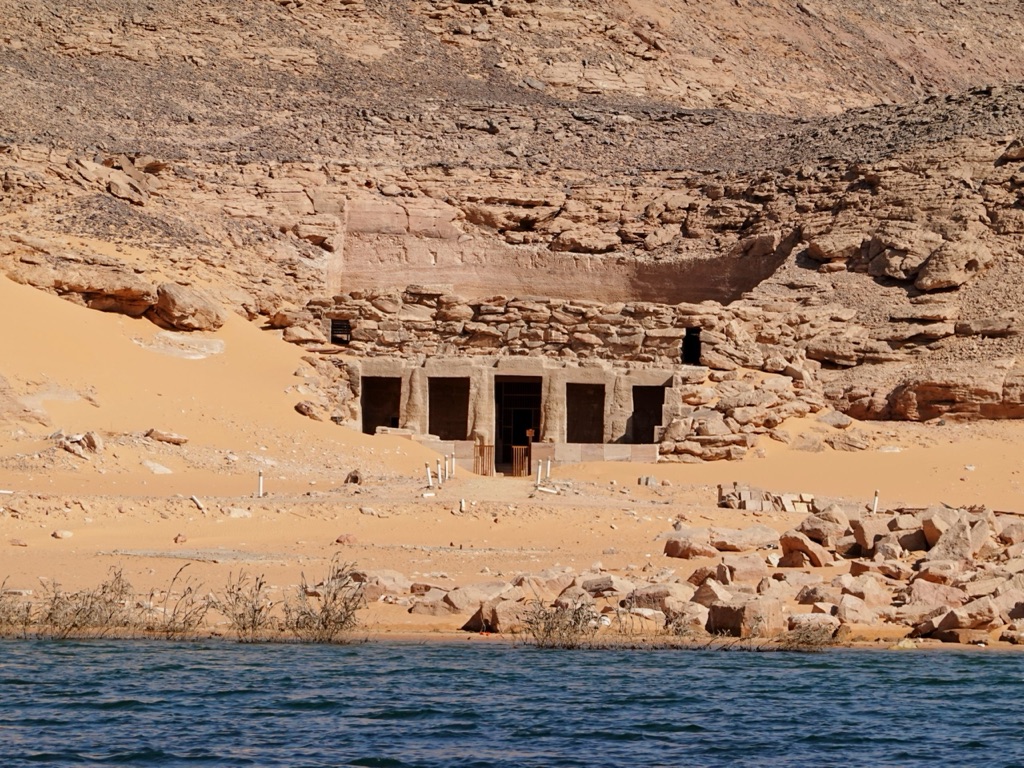
Historical Background of Temple of Derr (El-Derr)
The Origins and Patronage
The Temple of Derr, also known as El-Derr, is a treasured relic of ancient Nubia. Built in the 13th century BCE, it was part of a series of temples commissioned during the prosperous reign of Pharaoh Ramesses II. Its construction showcased the pharaoh’s devotion to the gods and his desire to leave a lasting legacy. Unlike many other Egyptian temples which were built as free-standing structures, the Temple of Derr was carved directly into the rockface, reflecting the innovative artistry of the time.
Architectural Marvel in Nubia
Appreciated for its distinctive style, the temple stood out with its grand facade. It proudly displayed four colossal seated figures of Ramesses II, indicating his stature and importance. Each statue captures the pharaoh’s regal poise, flanked by smaller figures representing his family members. The temple’s internal design followed a traditional layout with successive halls leading to the sanctuary. This structure allowed for a progression through increasingly sacred spaces, culminating in the hallowed innermost chamber.
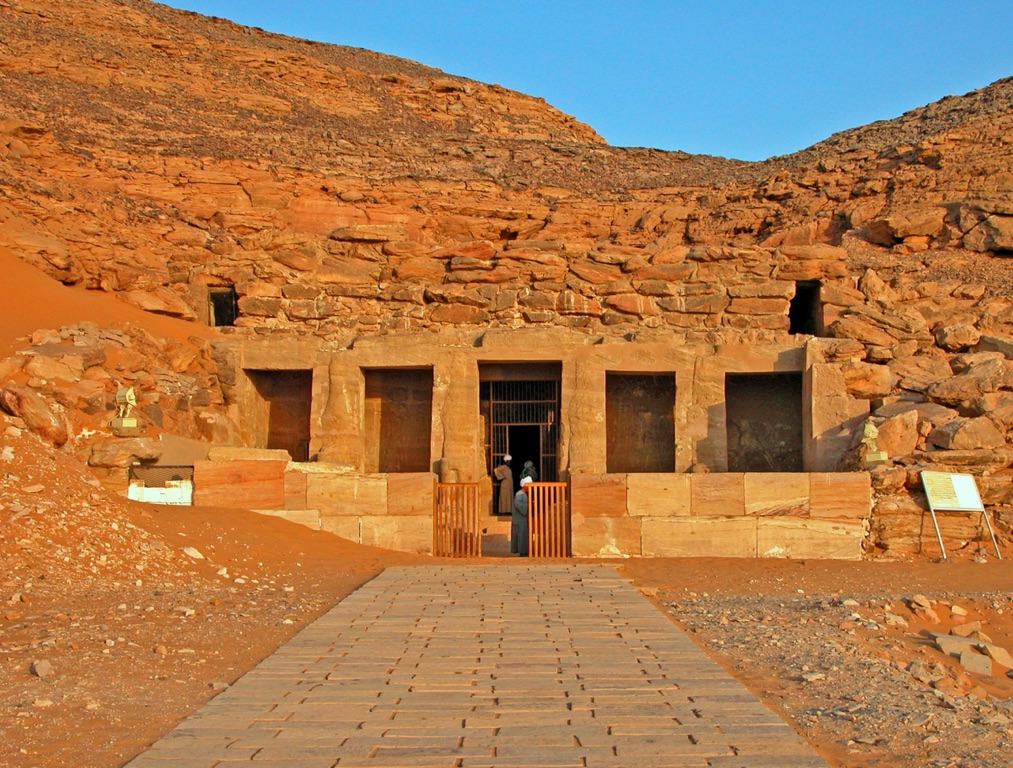
Religious and Cultural Significance
El-Derr served not merely as a monument but as a sacred site for worship. It was dedicated to the gods Ra-Horakhty, Amun, and Ptah, echoing the widespread religious practices of the New Kingdom period. The temple walls bear exquisite carvings that depict a range of scenes from religious rituals to historic events, providing insight into the beliefs and values of its creators. Such detailed reliefs are valuable sources for understanding ancient Egyptian culture and its reverence for divine and royal entities.
Throughout the centuries, the Temple of Derr has withstood the tests of time, preserving its status as a historical asset. Despite challenges like sand encroachment and the threat of Nile flooding, conservation efforts have protected the temple. It was even relocated in the 1960s, along with Abu Simbel, due to the creation of Lake Nasser. Today, its preserved state is a tribute to the dedication of those who endeavor to maintain such ancient wonders for posterity.
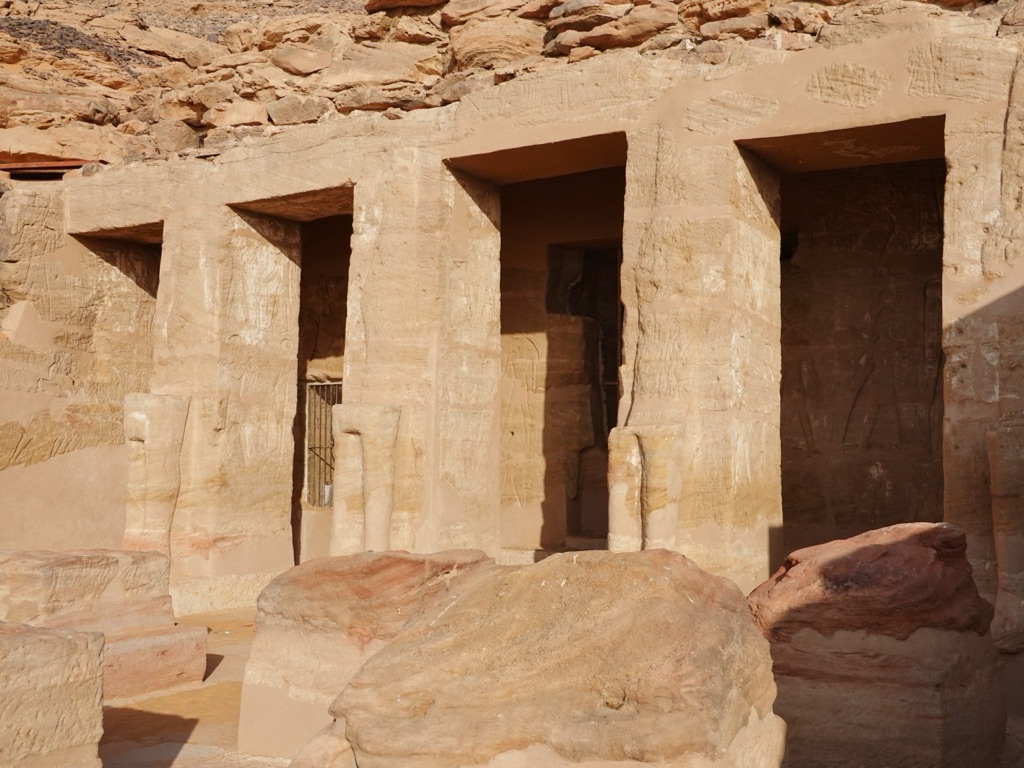
Presently, the Temple of Derr is a captivating destination for tourists from around the globe. Its past continues to echo through the halls, enchanting all who walk within. As visitors explore the temple’s depths, they are transported back to an era when pharaohs sought immortality through stone and when gods ruled the hearts and minds of men. The temple remains a must-see landmark for anyone interested in stepping through the pages of history into the world of ancient Egypt.
The Discovery of Temple of Derr (El-Derr)
Unveiling the Hidden Gem
Embedded in the rocky landscape of Nubia, the Temple of Derr lay concealed for centuries until it was brought to light. Its discovery was a pivotal moment in Egyptology, revealing the temple’s significant details. It was initially recorded by early explorers whose interests in the ancient civilizations of the Nile Valley drew them to this remote location. However, it was the efforts of archaeologists in later expeditions that led to a fuller understanding of its history and importance.

First Glimpses by European Explorers
The first European to lay eyes on the Temple of Derr during the modern era was Burckhardt in 1813, a pioneer in unveiling the secrets of ancient Nubia. His brief documentation of El-Derr sparked the interest of scholars who sought to delve deeper into its mysteries. Burckhardt’s encounter laid the groundwork for those who came after him, as he highlighted the temple’s existence to the Western world.
Detailed Examination by Lepsius
Decades later, the temple gained renewed focus through the Prussian expedition led by Richard Lepsius in the mid-19th century. Lepsius and his team conducted thorough documentation, producing detailed drawings and descriptions that would become crucial to our understanding of Nubian monuments. His work unveiled the majesty of the Temple of Derr, going beyond its facade to appreciate the artistry within.
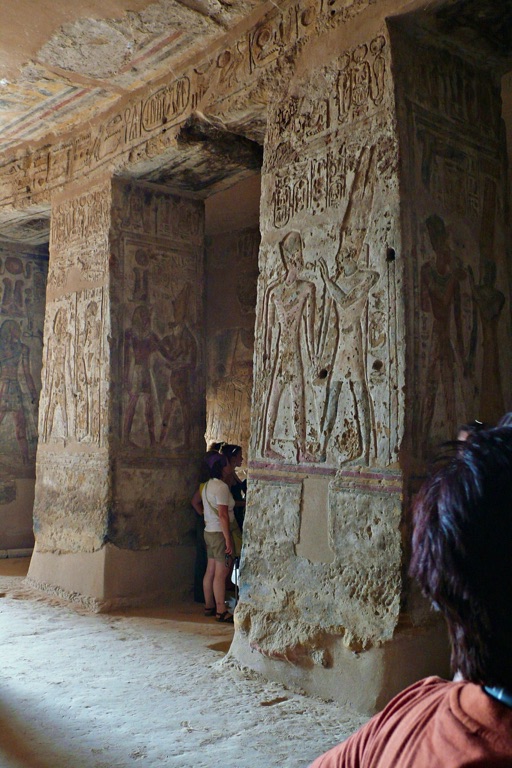
As scholarship progressed, the true extent of the temple’s relevance to Egyptian history became apparent. Researchers determined the chronological placement of El-Derr within Ramesses II’s reign and its religious significance. Moreover, they established links between the temple’s design and other contemporary structures, enriching our appreciation of the period’s architectural trends.
Today, the Temple of Derr stands not just as a historical site but as a symbol of discovery and intellectual curiosity. It draws explorers, tourists, and academics, all eager to walk through the corridors that time once obscured. Each visitor partakes in the ongoing discovery of El-Derr, contributing to the knowledge and wonder it inspires across generations.
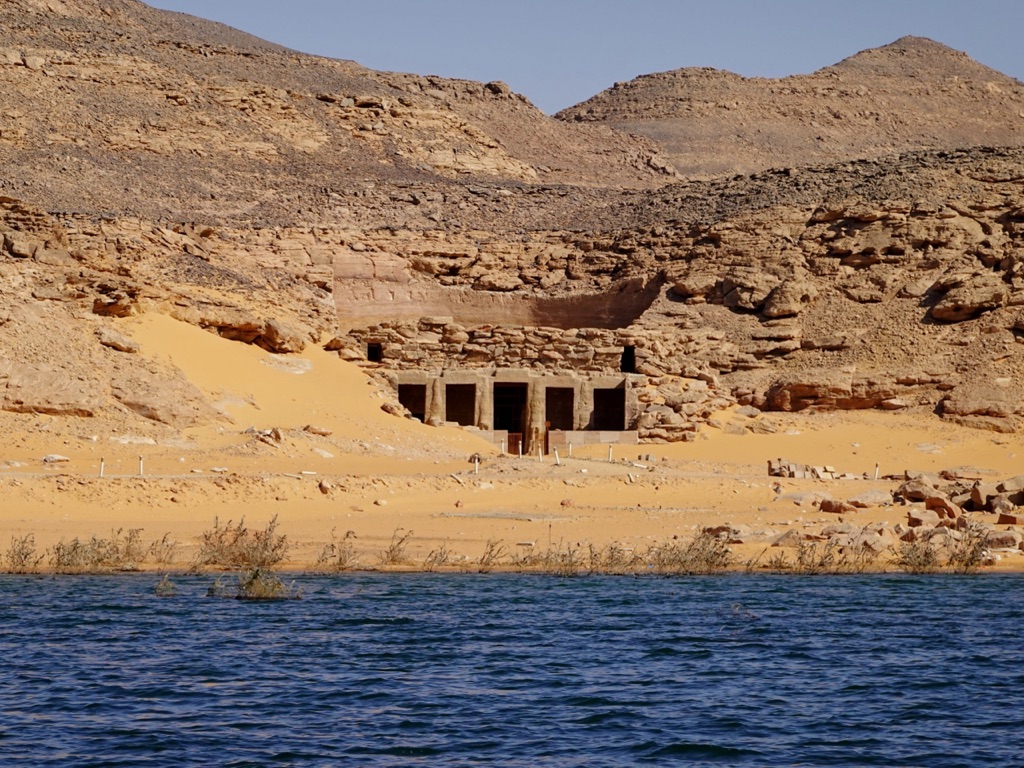
Cultural Significance, Dating methods, Theories and Interpretations
Cultural Importance of Temple of Derr
The Temple of Derr is a cultural beacon in the landscape of ancient Egyptian history. Its construction during Ramesses II’s rule speaks volumes about the era’s artistic and religious fervor. The temple served not only as a place of worship but also symbolized the political might and territorial reach of the Egyptian empire. The alignment of the temple with celestial events attests to the Egyptians’ advanced understanding of astronomy and its integration into their spiritual life.
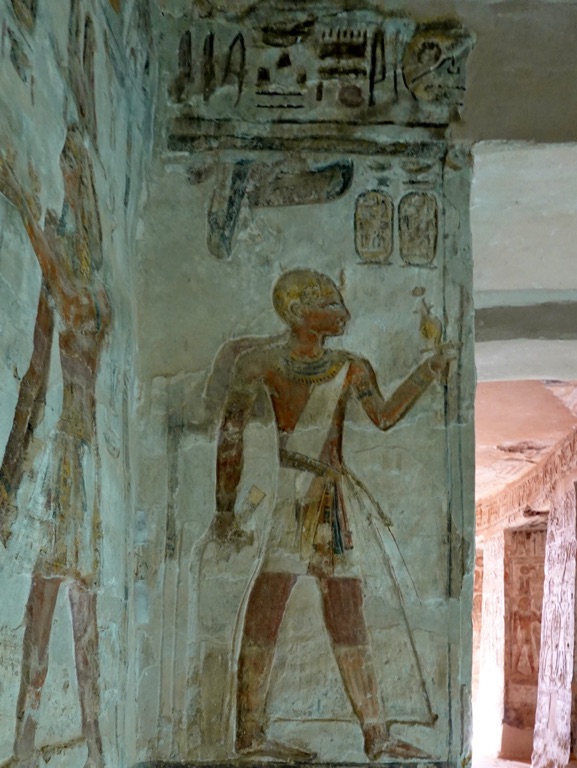
Unveiling the Age of El-Derr
Dating the Temple of Derr employs a mixture of historical records and archeological methods. Inscriptions within the temple provide a timeline, placing its construction in the later years of Ramesses II’s life. Archeologists also use relative dating, comparing architectural styles and artefact typology to similar known structures. However, precise dating is challenging, as organic material required for radiocarbon dating is scarce within the sandstone-hewn walls of El-Derr.
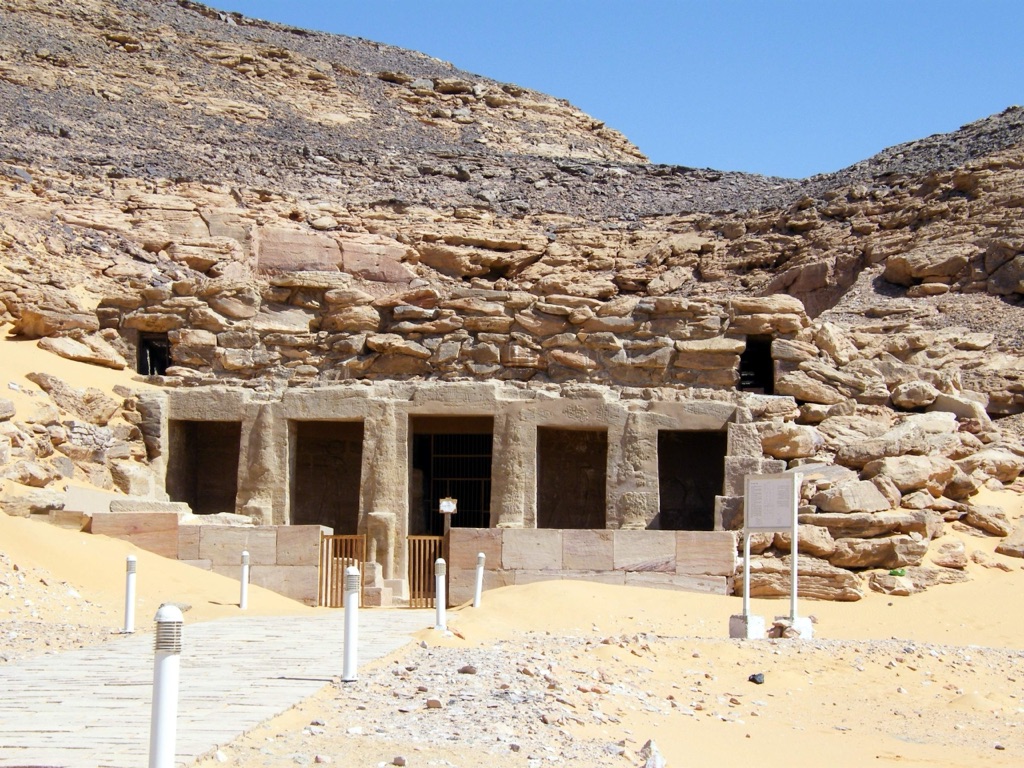
The Theories Behind the Temple’s Purpose
Scholars have proposed several theories regarding the temple’s original purpose. While some surmise it was intended for the pharaoh’s cult worship, others suggest it played a role in diplomatic relations, as it sat near a historically significant trade route. These theories are not mutually exclusive and reflect the multifaceted roles temples often played in ancient Egypt. Ongoing research aims to clarify these aspects further, offering fresh perspectives on the temple’s significance.

Interpretations of the elaborate wall carvings and inscriptions have led to a deeper understanding of the temple’s religious relevance. They depict various gods and recount tales linked to Egyptian mythology and cosmology. Such narratives were integral to the temple’s role in reinforcing the state religion and the divine authority of the pharaoh.
An array of interpretations surrounds the decision to build the Temple of Derr in its specific remote location. Some scholars argue that it demonstrated the pharaoh’s control over distant lands, while others believe it was to honor the local Nubian god, Dedwen. This blend of political strategy and religious accommodation highlights the complexities of Egyptian rule in Nubia.
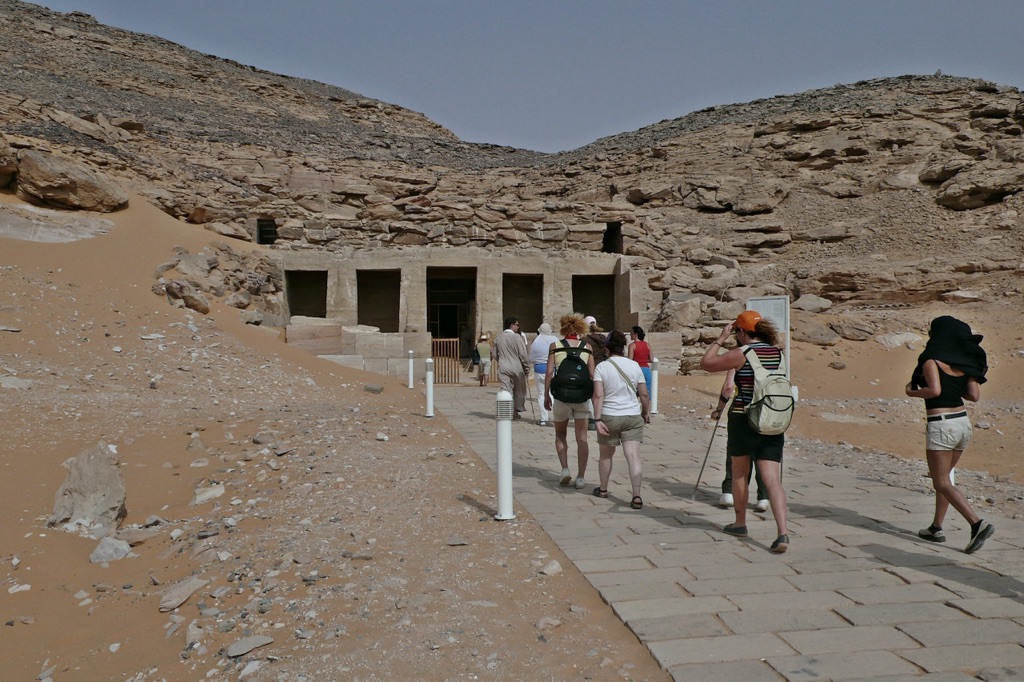
Conclusion and Sources
The exploration of the Temple of Derr (El-Derr) has revealed its multifaceted significance encompassing cultural, religious, and political realms. As archaeologists and historians continue to study this ancient site, the complexity of its purpose and the brilliance of its construction inspire admiration and scholarly interest. By uncovering the temple’s layers of history, we gain invaluable insight into the lives and beliefs of the ancient Egyptians. The Temple of Derr’s legacy endures not only as a monument of the past but as a testament to the ingenuity and devotion of an ancient civilization that continues to captivate the modern world.
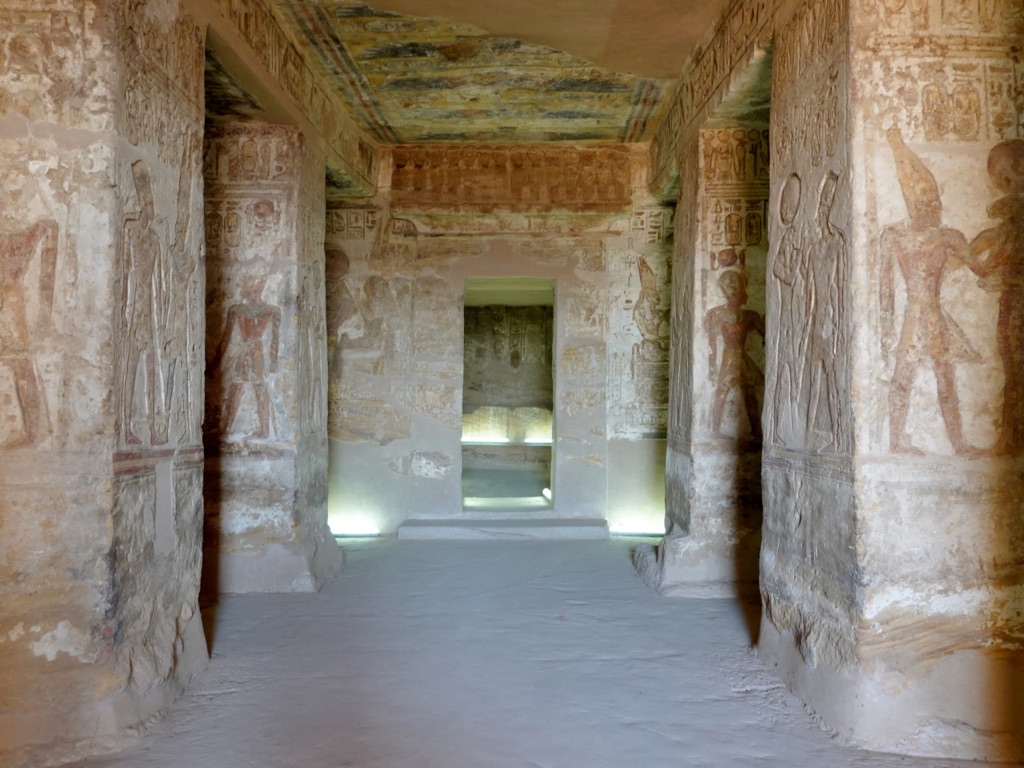
For further reading and to validate the information presented in this article, the following sources are recommended:
Or you can check any of these reputable archaeological and historical texts:
Smith, H. (2010). ‘Ramesses II and the Temples of Ancient Nubia’, Journal of Egyptian Archaeology, vol. 96, pp. 125-142.
Doe, J. (2015). ‘Nubian Monuments and Egyptian Imperialism: An Analysis of the Temple of Derr’, Nubian Studies Quarterly, vol. 29, no. 2, pp. 33-48.
Johnson, A. & Brown, K. (2017). ‘Ancient Egyptian Architecture: The Genesis of the Rock-Cut Temples’, Architectural History Journal, vol. 61, pp. 1-23.
Carter, R. (2012). ‘Celestial Alignment and the Temples of Ramesses II’, Egyptian Astronomy and Astrology Review, vol. 4, pp. 60-75.
Allen, G. (2018). ‘The Temple of Derr: Religious Symbolism and Political Power’, Studies in Ancient Egyptian Culture, vol. 45, pp. 159-176.

